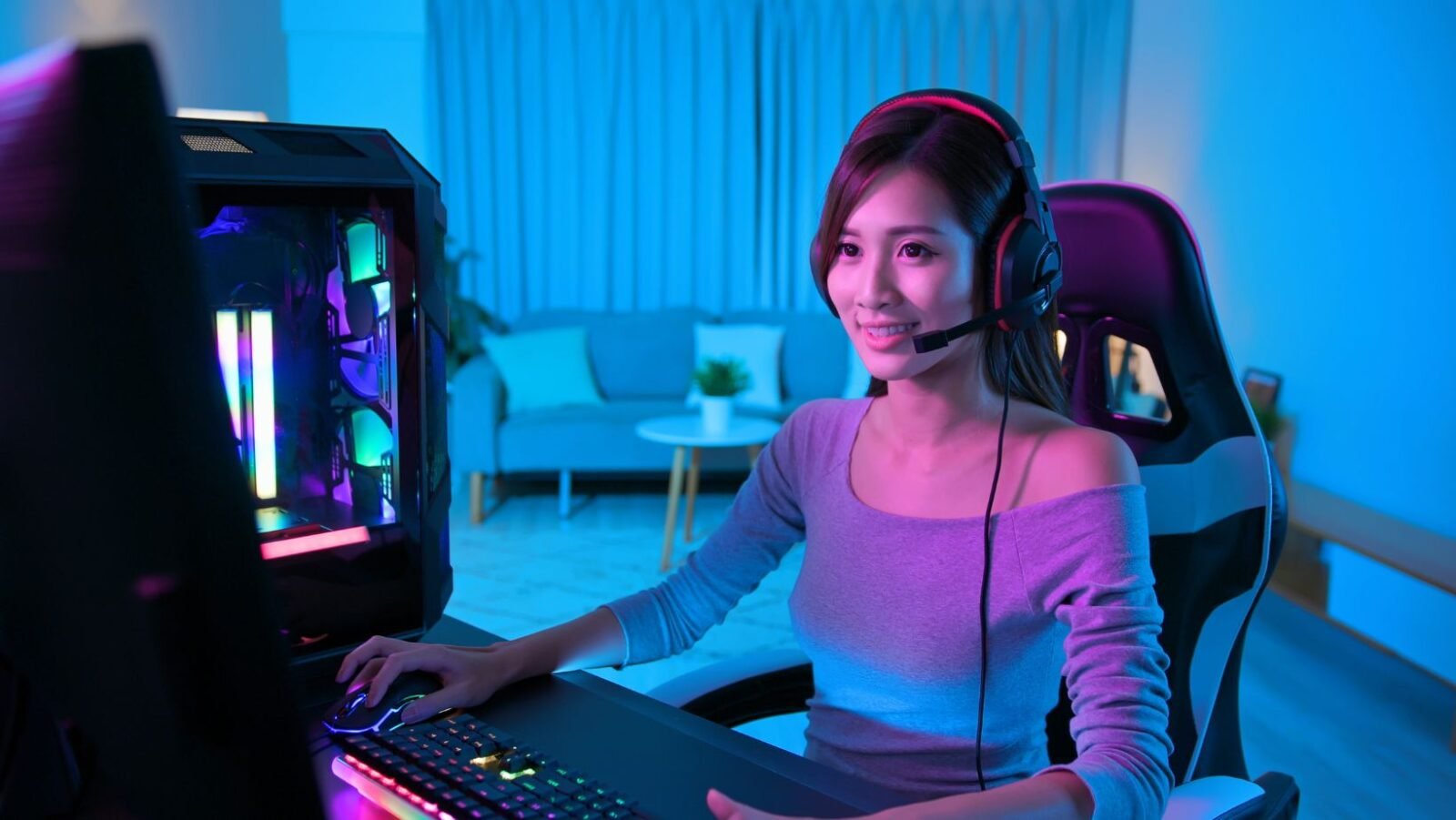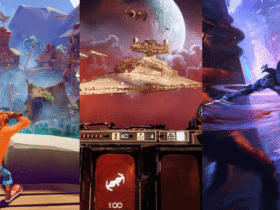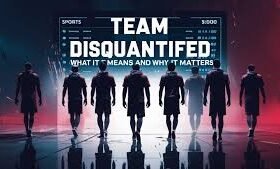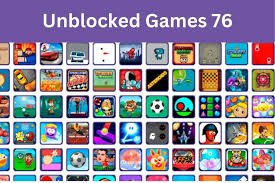In recent years, the gaming industry has witnessed an unprecedented blending of disciplines, where sound, visuals, narrative, and code converge to offer immersive experiences. One of the most exciting evolutions in this domain is the concept of Gaming Harmonicode. This pioneering approach fuses musical harmony with programming logic to transform the way games are played, designed, and experienced. Gaming harmonicode is more than just a buzzword—it represents a shift in how game developers and musicians collaborate to create dynamic, responsive environments that evolve in sync with the player’s input and emotional state.
What Is Gaming Harmonicode?
Gaming harmonicode is a term that combines “harmony” (from music theory) and “code” (the foundation of digital games). It refers to a design methodology and technical framework where musical structure and harmonic rules are embedded directly into the game’s mechanics and architecture. Unlike traditional background music in games, which merely accompanies the gameplay, Harmonicode transforms music into a driving force behind game interactions. Each note, chord, or scale change can influence or respond to a player’s actions, offering a truly interactive soundscape that plays like a symphony and feels like a game.
This model elevates gameplay from a sequence of actions to a musical experience, where the logic of music composition is deeply intertwined with player progress. Think of a game where the melody changes as you solve puzzles or where defeating an enemy resolves a musical phrase. Gaming harmonicode brings both structure and spontaneity to the table, opening the door to new forms of emotional storytelling and cognitive engagement.
The Mechanics Of Harmony-Driven Gameplay
To understand how the gaming harmonicode works, it’s essential to look at the mechanics behind it. Traditional game design relies on scripting behaviors, event triggers, and conditional logic. In harmonicode systems, these same elements are influenced by harmonic principles—chord progression, tension and release, key modulation, and rhythmic cycles. These musical parameters can be mapped to game states, NPC (non-playable character) behaviors, level design, and environmental changes.
For example, imagine a stealth game where a dissonant chord signals the presence of danger. As the player moves into safer zones, the harmony resolves into a consonant chord. Or picture a puzzle game where players manipulate objects to match a musical scale, and each correct move adds a note to a building melody. This interactivity gives players auditory feedback that is not just pleasing but informative, guiding them intuitively through challenges.
Furthermore, the gaming harmonicode isn’t limited to rhythm games or music-based genres. Developers are increasingly incorporating these systems into adventure games, platformers, RPGs, and even educational tools, creating multi-sensory experiences that cater to a wide range of audiences.
Midiano: A Leading Example Of Harmonicode In Action
A prominent showcase of gaming harmonicode in the wild is Midiano, an innovative browser-based platform designed for piano learners and enthusiasts. Midiano stands out by integrating MIDI (Musical Instrument Digital Interface) input directly into gameplay, allowing users to play real songs on a virtual piano while receiving real-time feedback. Unlike static learning apps, Midiano employs harmonicode logic to adaptively change the visual and auditory environment based on the user’s accuracy, speed, and timing.
This results in a learning experience that is not only educational but also gamified. Correct keystrokes add harmony to the background track, while mistakes temporarily disrupt the harmony, creating a gentle pressure to improve. Over time, this engagement loop helps reinforce muscle memory and ear training, illustrating how Harmonicode can extend beyond entertainment into cognitive development and skill acquisition.
Artificial Intelligence And Gaming Harmonicode
The convergence of AI with gaming harmonicode marks a new frontier in interactive design. Artificial intelligence, particularly in the areas of machine learning and procedural generation, can analyze player behavior to adjust musical elements in real time dynamically. This ensures that no two playthroughs are identical and that the soundtrack evolves organically with the gameplay.
AI can detect patterns in how players move, attack, solve puzzles, or interact with characters, and then adapt the harmonic structure to enhance immersion. For example, if a player is moving cautiously, the AI might generate ambient harmonic textures in a minor key. Conversely, fast-paced action might trigger a shift to a dominant progression with percussive accents.
This seamless integration creates an emotional feedback loop where the music doesn’t just accompany the action but becomes an extension of it. Players begin to anticipate changes in the environment through harmonic cues, leading to a more intuitive and immersive experience. This technique is especially valuable in genres like horror, where subtle musical shifts can heighten suspense and psychological tension.
Educational And Therapeutic Applications
Beyond entertainment, gaming has found valuable applications in education and therapy. Music has long been known for its cognitive benefits, and when paired with interactive gameplay, it can enhance memory, concentration, and coordination. Games built with harmonicode principles are increasingly being used in classrooms to teach music theory, rhythm, and even math through auditory logic.
In therapy settings, harmonicode games are proving effective for patients with motor control disorders, autism, and PTSD. These games provide a non-threatening, engaging platform where users can explore cause-and-effect relationships through music. For instance, games that respond to movement with musical feedback can help stroke patients relearn motor skills in a fun and rewarding way.
The gamification of therapy through music also supports mental health, offering relaxation and emotional release in a structured yet playful format. This is especially relevant in a digital age where screen time is often criticized—Harmonicode flips the script by making screen interaction a source of growth and healing.
The Future Of Gaming Harmonicode
As technology evolves, the potential for gaming harmonicode is boundless. Developers are experimenting with virtual reality (VR) and augmented reality (AR) to create spatial music experiences where players “walk through” harmonic structures. These environments allow users to interact with chords and scales in three dimensions, offering a level of immersion previously unattainable.
Multiplayer harmonicode games are also on the horizon, where players collaborate as part of a digital orchestra or compete in harmonic duels. Each participant’s input affects the overall composition, fostering teamwork and creativity. Combined with blockchain and NFT technologies, players could even own and trade unique harmonic sequences or soundscapes generated through gameplay.
This evolution signals a broader cultural shift toward experiential media, where audiences aren’t just passive consumers but active co-creators. Gaming harmonicode is at the forefront of this change, blending art and technology in a way that resonates deeply with modern sensibilities.
Conclusion: Why Gaming Harmonicode Matters
In an industry often dominated by visual spectacle and high-octane action, gaming harmonicode offers a refreshing and profound alternative. It invites players to listen, to feel, and to interact with games in a more nuanced and meaningful way. By integrating harmony and code, developers are not just creating games—they are composing experiences.
Whether you’re a musician, a gamer, a teacher, or simply someone intrigued by the fusion of sound and software, gaming harmonicode is a trend worth watching. It represents not only the future of game design but also a new chapter in the evolution of interactive art. And as more creators explore its potential, we can expect a new generation of games that don’t just play well—they sing.
Do Read: SWGOH Webstore Guide 2025





